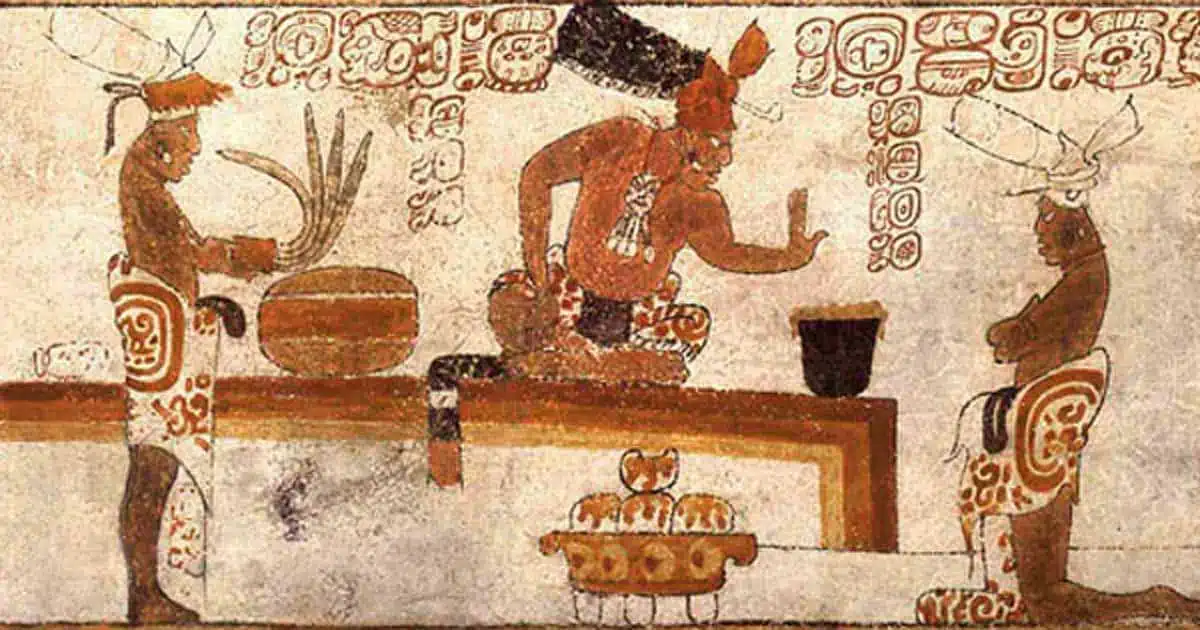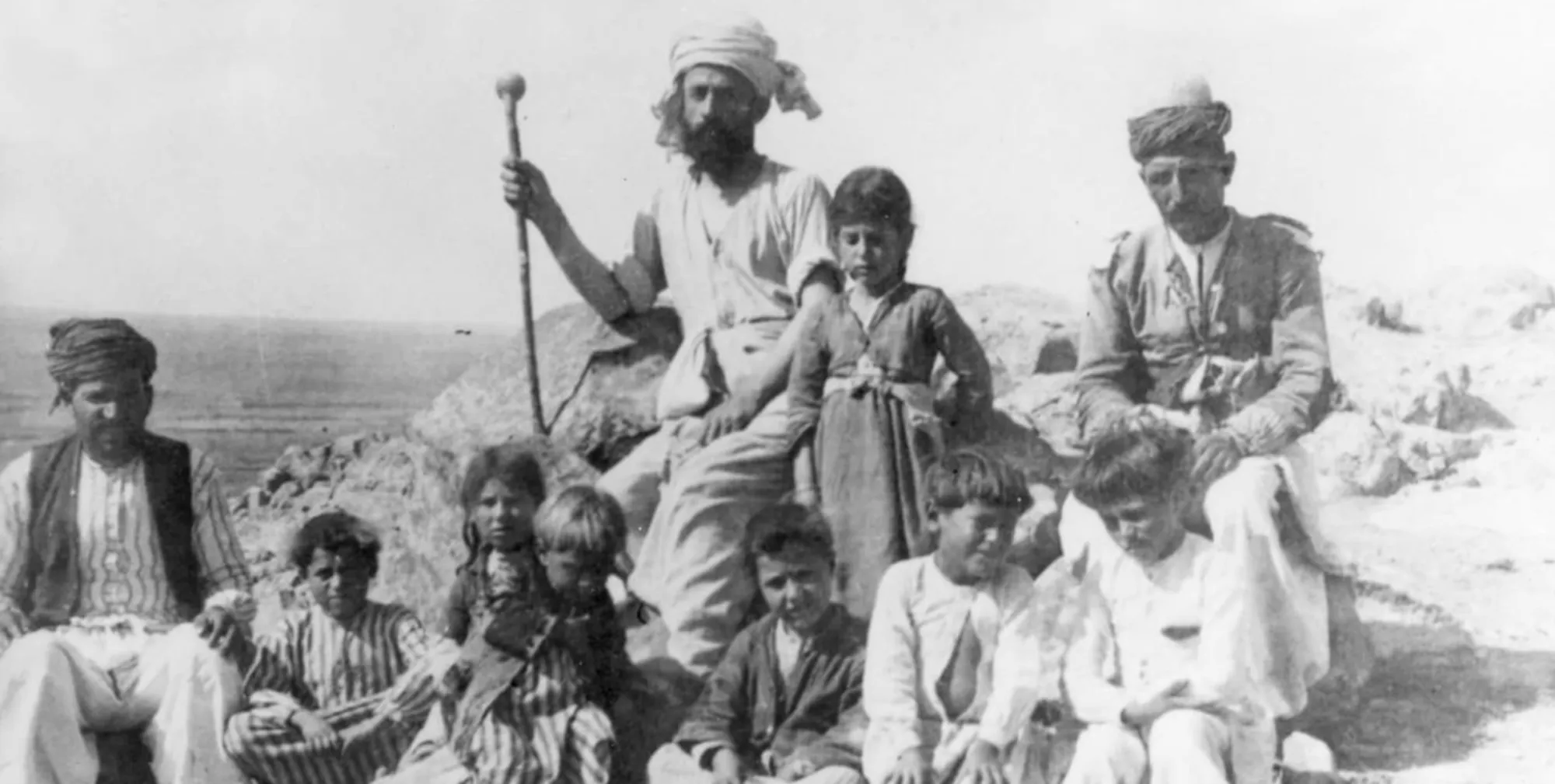The story behind the long forgotten Hard Sign (Твёрдый Знак) stretches beyond its phasing out by the ever-changing Russian orthographical steam train but is instead a dusty relic hiding a complex and interesting story of the fortunes of the Cyrillic alphabet, from the orthographical reform following the 1917 Revolution and psycholinguistics to the history of Russian, a language coated in beauty and struggle.
In modern Russian, our Hard Sign has no true phonetic value; it is instead usedto separate prefixes. It is only seen in front of “я”, “е”, “ё” and “ю” (strictly it’s to separate prefixes ending in consonants from morphemes beginning with iotated vowels – but that’s probably a bit too much!). The Hard Sign can also show that a [j] sound (like a ‘y’ in English’s “yeah” but more dominant than the [j] pronounced in the Russian letter ‘e’, a short cut-off ‘y’ sound, an example of a morpheme) is heard separately. For instance,
Сесть [sjesjtj]{s’est’} – ‘sit’.
Съесть [sjesjtj] {syest’} – perfective of ‘eat’.
Before 1918, the year when the spelling reforms came into force, the Hard Sign was placed at the end of a word if the original word ended in most consonants (non-palatals - equivalent to hard consonants), despite having no real effect on anything. This particular usage was scrapped by the Bolsheviks after the Russian Revolution of 1917, who justified the elimination economically, which sounds ridiculous, but was actually very true. Since this use of the Hard Sign was so common, cutting it out did these three things:
1. Saved 3.5% of ink in printed text.
2. Simplified the language.
3. Changed nothing about the pronunciation.
For context, the English letter ‘e’ takes up about 11.2% of printed text, and the letter ‘u’ takes up around 3.59%.
There were no real negatives to this change, but people started taking issue when the reform became politicised, and this led to the Bolsheviks being forced to force printers to comply and Bolshevik groups began confiscating texts still using the Hard Sign in its Pre-Reform usage. To help the printing housesnavigate the new rules, an apostrophe was introduced to form a ‘Transitional Phase’ of spelling to replace the Hard Sign entirely.
For instance:
Pre-Reform – съѣздъ
Transitional - С’езд
Post-Reform – съезд (Note the reason the Hard Sign is used here – before ‘e’!)
Other examples of Pre-Reform Russian include:
Хлѣбъ – modern version хлеб – bread.
магазинъ – modern version магазин – shop.
Additionally, some can be seen in a few brand names of Russian companies, such as Kommersant (Коммерсантъ), which kept the Hard Sign as a nod to tradition and its pre-Soviet roots.
But of course, many other languages change too, right? And you’d be absolutely correct – language is an ever-evolving tool, and many linguistic evolutions are not driven by monetary reasons! It seems that languages get easier and simpler the older and more widely used they are, and not that as more and more use them they must grow more complex, a potential misconception. Take Finnishand Hungarian for example, with Finnish spoken by around 5.8 million, and Hungarian spoken by 8.16 million (both native speakers only), which has 15 cases and 18 cases respectively, whereas English and French, spoken by anywhere from 800 million in terms of native speakers to north of 2 billionaccounting for fluent second-language speakers too, seem to have none anymore (apart from pronouns – I, me…)!
Interesting theories arise when Pre-Reformational Russian meets the psycholinguistics in language acquisition. Noam Chomsky, a renowned psycholinguist, devised the hypothesis suggesting that we have an innate ability to learn and use language with the natural capacity of human brain structures, and it is noted how children under the age of seven have increased sensitivity in acquiring language, doing so extremely well, and this does decrease with age. This is known as nativism, the belief in innate knowledge and abilities. However, Burrhus F. Skinner believed in a more empirical approach, whereby children learn only from interactions with adults who speak a language fluently.This led me to wonder how Russian children born Pre-Reform could have been able to comprehend the Hard Sign’s use at the end of words without ever having seen the letters. Let’s say they create representations of sounds in their minds for each letter. Without knowing that the Hard Sign existed, in a previous example between ‘сесть’ and ‘съесть’, and as the Hard Sign has no phonetic value, surely the only conclusion they could draw is that this letter they are soon to learn just hardens the consonant before and strengthens the iotated vowel after it? Therefore, an extremely common use of the Hard Sign was completely ignored by humans’ most powerful language learners.
That all may lead you to wonder who came up with the idea to add an independently phonetically redundant letter, and nobody will ever know. And should the Hard Sign be eradicated entirely or left to sit idly at 0.02% frequency, as a gem, and a veteran of Russian’s reforms?
All I can say is that the Hard Sign is truly a mystery…







